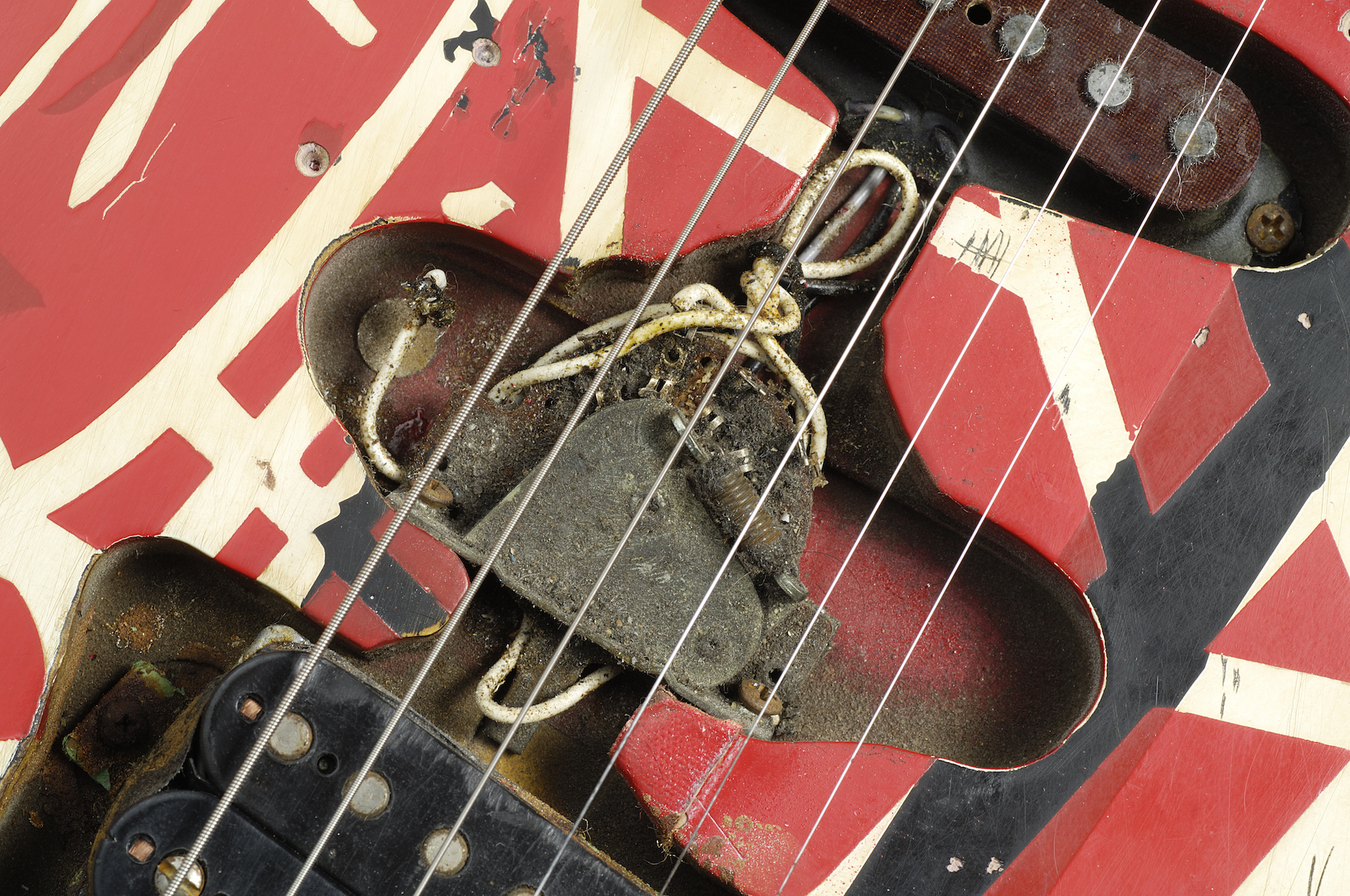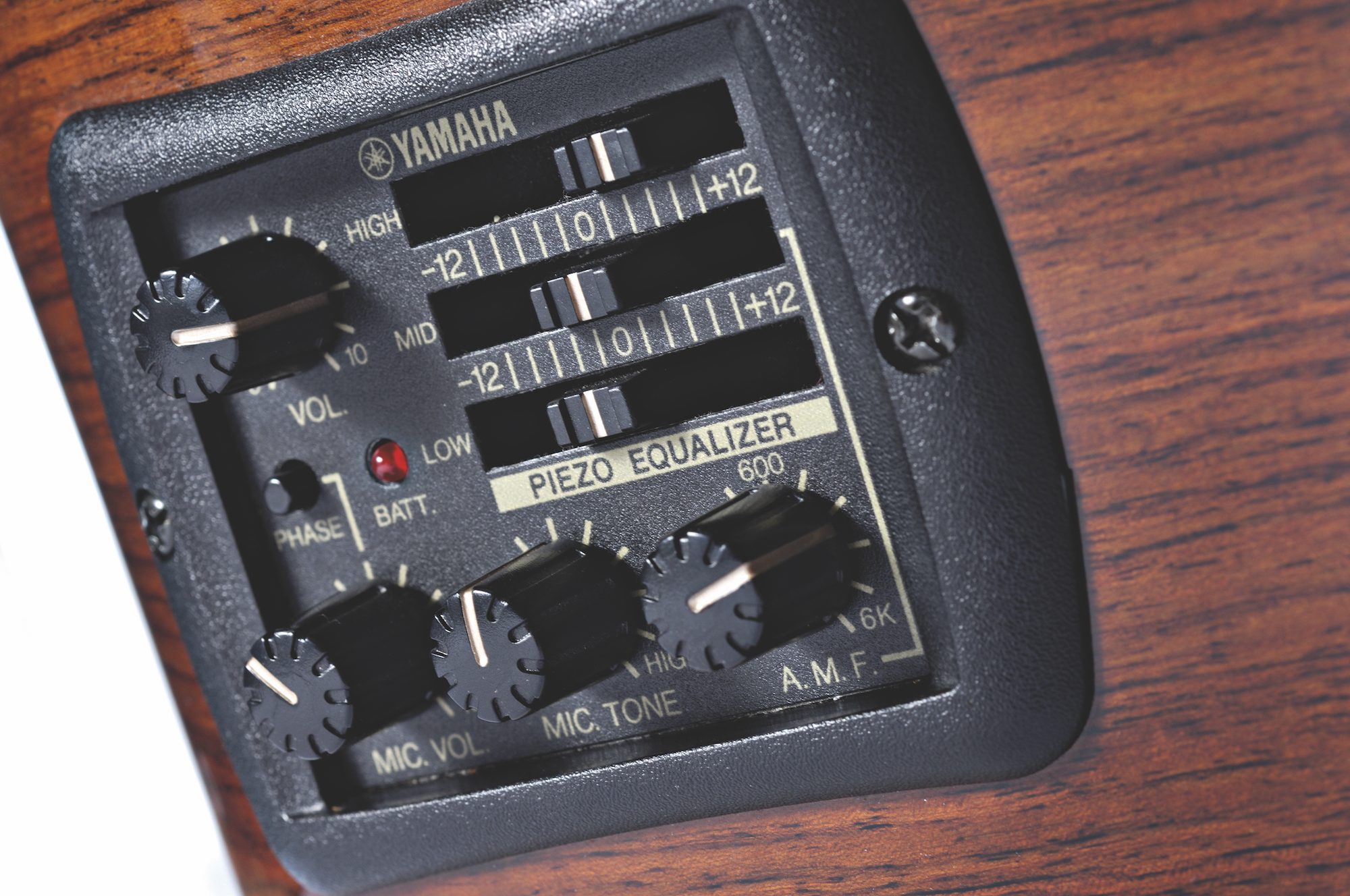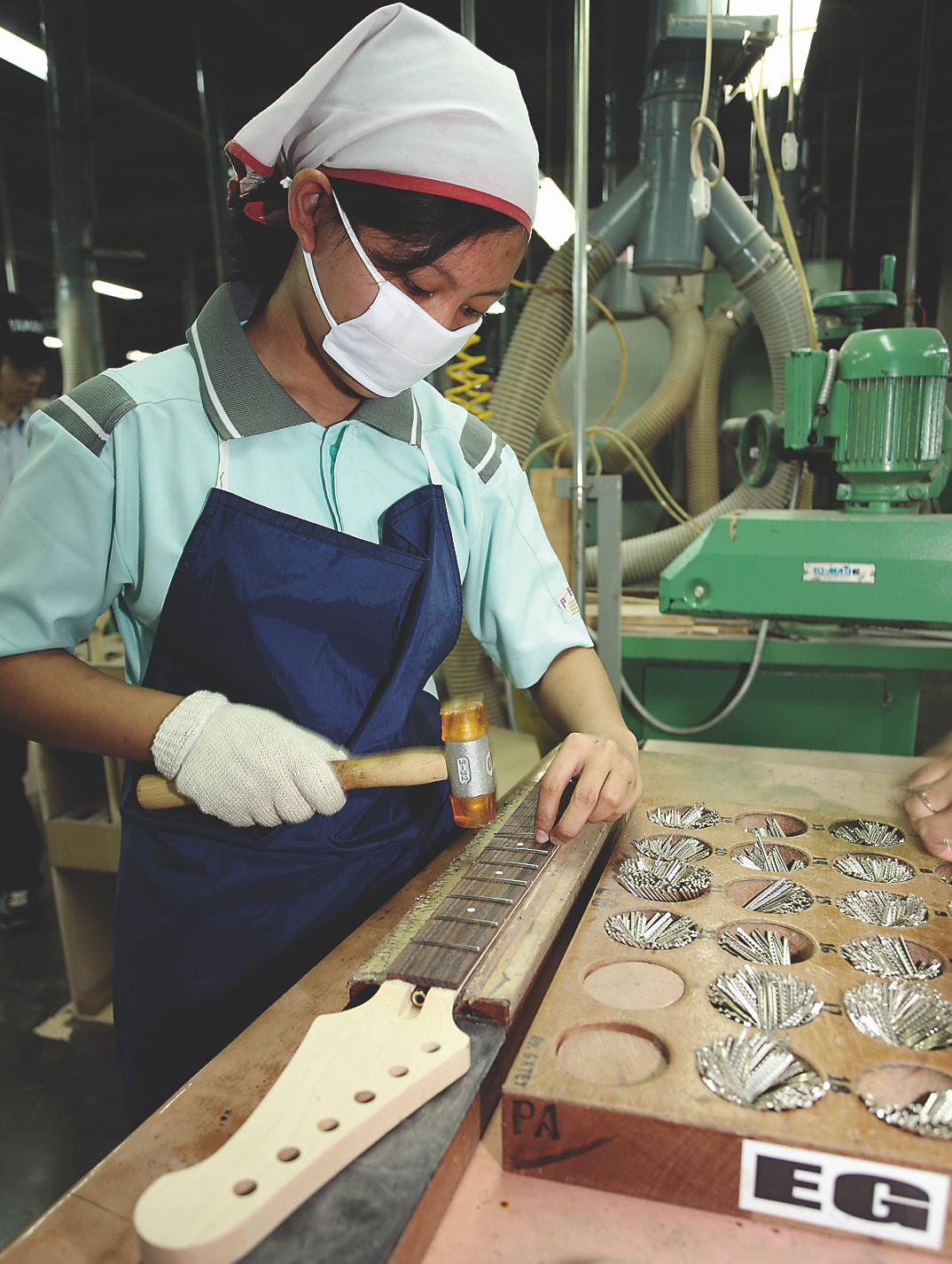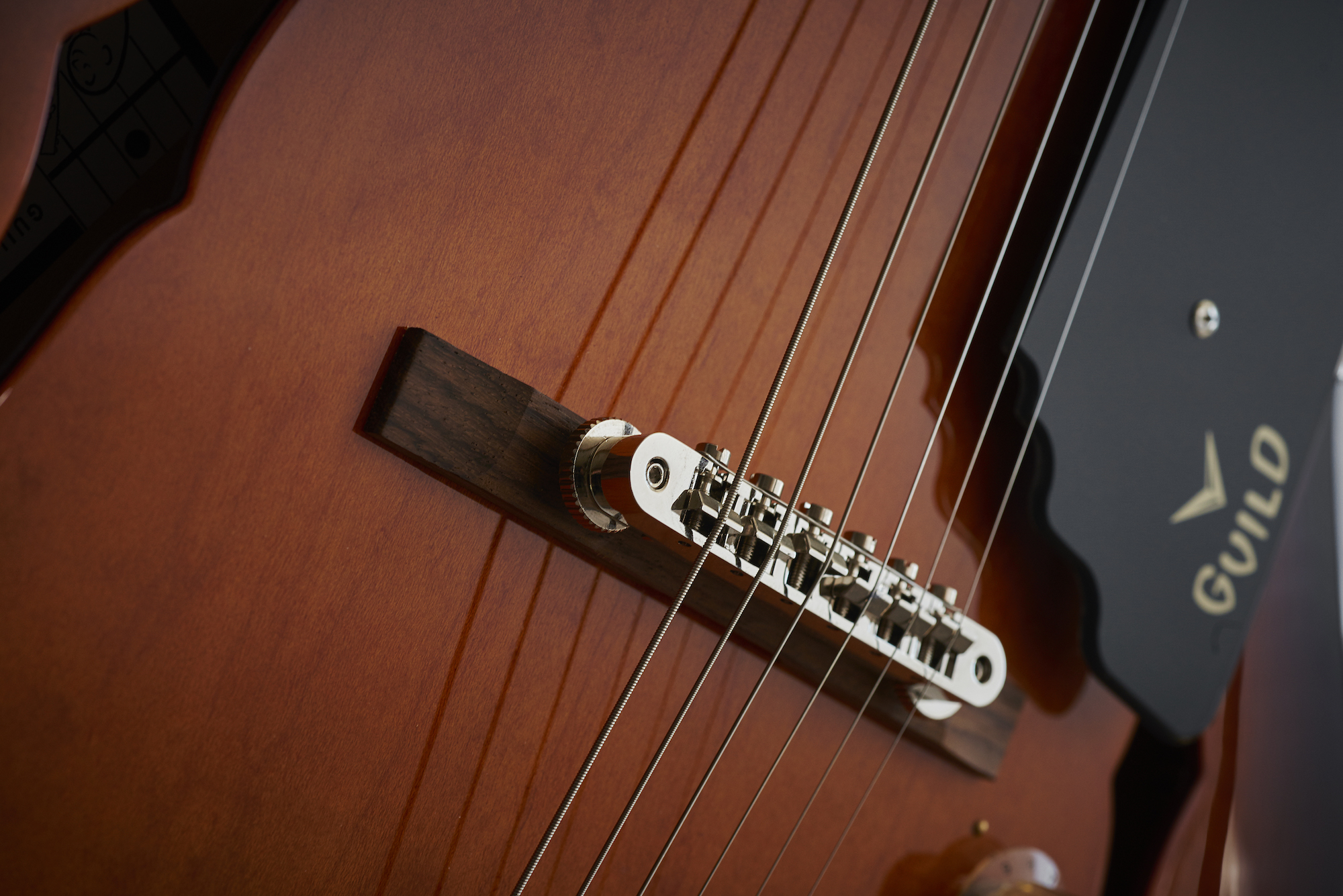10 Different Ways to Hot Rod Your Guitar
Hot rodding comes in many forms, and any one of them can inspire you to explore, play more, have fun, and sound more like yourself.

This is a classic GP column from legendary guitar tech Gary Brawer.
To me, the idea of hot rodding your guitar encompasses anything you do to make the instrument special for you. People come into my shop every day looking for ideas to take their guitar to the next level. Hot rodding comes in many forms, and any one of them will hopefully inspire you to explore, play more, have fun, and sound more like yourself.
Let’s say you get a great deal on a cool guitar that, for some reason, doesn’t play or sound quite right. Or, maybe you have an old guitar laying around that you’re not playing, and you want to experiment with it. These are great candidates for mods.
Pickups
Let’s start with the electronics. While the wood of the guitar has a tone of its own, you can completely change the sound with pickups. Loads of high-quality designs are available from Seymour Duncan, DiMarzio, EMG, Lollar, Lindy Fralin, and many others. And no longer does the shape of your pickup determine its sound.
You can get a large humbucker with single-coil tone, a P-90 sound out of smaller single-coil size, and so on, and all tones come in hum-canceling versions these days. A lot of companies (Duncan, Kinman, Acme, and Mojo to name a few) sell pre-wired pickguards – many with plug in terminals you can install yourself with no soldering required.
Go with high-output for more gain and sustain, low output for vintage twang, or anything in between. Swapping out your pickups is the quickest and easiest way to upgrade the sound of your guitar.

Control Knobs
If you’re happy with your pickups, but still want more tonal flexibility, you can add some controls to modify what you have. Changing out one of your stock tone knob for an active midrange boost, midrange cut, or variable tone control can breathe all kinds of new life into your old axe.
All the latest guitar news, interviews, lessons, reviews, deals and more, direct to your inbox!
Changing the capacitor on your tone control to, say, a 5000pf, will provide a subtle treble roll off that can sound like a fat switch for your guitar. One of my favorite mods is to replace a tone control with a StellarTone ToneStyler, which gives you a 16-position tone control.
Want more? I’ll sometimes add a switch or a push/pull pot to put an inductor between the Tone- Styler and ground, and you now have 16 positions of midrange cut. This can take your fat humbuckers and turn them into a throaty single-coil, or turn a thinner pickup into a funk machine.
Onboard Preamps
There are plenty of different types of active preamps out there for your guitar, from clean with little or no boost, to loud and fat with lots of boost. EMG, Demeter, CAE Sound, Creation Audio Labs, Bartolini, Wald, the old standby Alembic Strato-Blaster, and others.
The Jerry Garcia trick of having a unity-gain buffer on your guitar eliminates the treble loss from cable capacitance, and your effects will usually respond a little stronger and clearer with a buffered input. Any qualified tech can perform these mods for you.

The Nut
A weak link on many guitars has to do with nuts and tuning, and they go together. First, you can completely change the feel of your guitar by making the spacing at the nut wider or narrower.
Go wider – as in closer to the edge of the fingerboard – if you want your fingers to more accurately fret notes. Go narrower if you find your fingers pulling strings off the edge of the fretboard.
Changing the standard-issue plastic nut material to bone, graphite, brass, or titanium can modify the sound of open strings, and give your guitar a much more solid feel and tone.
Everyone should know to lubricate your nut slots to make it easier for your guitar to stay in tune. Use Big Bends Nut Sauce, StewMac Guitar Grease, Planet Waves Lubrikit, or plain old pencil lead, but lube your slots today! But what about playing in tune? That’s different.
We’ve all cringed when we see a guitarist play an open D or E chord, awaiting that horrifying pinched sound caused by the G string playing sharp. The simple explanation is the string goes sharp when you stretch it to the fretboard to fret the note.
You can shorten your fretboard by simply moving the nut closer to the bridge anywhere from .010" to .050" (or more if you have a locking nut), and this alone goes a long way towards making those open chords sound sweeter.
If you’re replacing your nut, try the Buzz Feiten tuning system or the Earvana nut. They both radically help your guitar play in tune. Just because guitars have been built a certain way for hundreds of years doesn’t mean they can’t be improved upon.
Frets
The next region of the guitar that’s ripe for hot rodding would be the frets. The main things to think about are size and material, as well as the fact they need to be level. We techs have a great term for a guitar’s action: LAPWOB. It stands for “low as possible without buzzing.”
No matter what frets you have, the only way to get LAPWOB is for the frets to be level. The Dan Erlewine Neck Jig changed the way many techs did fret work. It allows the neck to be worked on as if it is still under tension, making for more accurate fretwork and lower action.
The newest evolution in fretwork is the Plek machine, which uses a similar principle. Just like pickups are the quickest way to upgrade the sound of your guitar, a good setup and fret job is the fastest way to improve the feel of your guitar.

Speaking of frets, allow me to dispel a common fallacy. Bass frets are not big, and stainless steel frets are not necessarily brighter. Going from small, vintage-style frets to larger frets – no matter the material – will brighten up your guitar, and most people find larger frets easier to bend on.
The biggest difference with stainless, and the newer copper-free EVO frets from Jescar, is ease of bending. The thing to keep in mind with a larger fret size is making sure the notes do not go sharp from bending the string over the fret. In fact, another common job we do is to actually lower the frets to make it easier to play chords in tune.
Auto-Tune Systems
While we’re on the subject of tuning, auto-tuning bridges are making their way to the aftermarket and can definitely give your guitar some high-tech hot-rod flair.
Gibson made the Tronical automatic servo-controlled tuning systems popular with their Robot and Dark Fire guitars. Trev Wilkinson has a drop-in Fender-style bridge – the Super-Matic electro-mechanical self-tuning bridge.
My hands-down favorite new invention is the revolutionary EverTune guitar bridge. It won’t autotune, but it will keep your guitar in tune, and help it play in tune all over the neck by correcting the pitch in real time – all with no batteries or electronics.
Bridge Saddle
While the nut affects the tone of the open string, the bridge saddle impacts the sound and sustain of all the notes. It is very easy to change out the saddles on your bridge to another material or style.
Try the KTS or TiSonic for titanium, or look around for brass and steel. Callaham, Glendale, Allparts, Hipshot, and others offer cool intonated brass Telecaster saddles, stainless- steel Tune-o-matic-style bridges, and any Strat-style bridge you can imagine. You can take care of that pesky string-breaking problem at the same time with a set of Graph Tech saddles.

Tremolo
Another part of the bridge that can change or enhance the tone is the tremolo bridge block. Companies like FloydUpgrades.com, Killer Guitar Components, and others make direct-fit DIY replacement parts that can really hot rod your tone.
Necks
How about a new neck for your bolt-on guitar? The prices have come down, and this can be a fun project for that closet guitar you’re not playing. Tons of aftermarket manufacturers are out there, as well as custom builders to make your dream neck.
You can explore new frets, nut material, and different wood choices, and all at the same time. If you want to really supercharge a guitar, check out the squiggly-fret True Temperament neck, which offers a radical and musical take on playing gloriously in tune in all registers.
Tuners
While putting on your new neck, pick out some new tuners. Locking tuners are generally very well made, and they can stay in tune better, as there are fewer string wraps around the post that can cause slippage. There are also plenty of new high-quality, lightweight open-back tuners to choose from.
Surprisingly, the weight of the tuner can greatly alter the way the string vibrates. Time and time again, I have chased dead spots off of a guitar by clamping a weight to the peghead. The weight makes a big difference in the resonant frequency of the guitar, which changes how notes bloom and sustain.
Obviously, this list just scratches the surface of the zillions of ways you can modify an instrument, but it should definitely get the wheels in your brain turning.
We all have a guitar that could use a little souping up, and think about this: No matter what mods you choose, hot rodding your guitar is almost always cheaper than buying a new guitar, it will get you closer to your dream sound, it will teach you about guitar tone and construction, and it can open up a world of possibilities that you may never have of thought of.
